Capturing the ambiguity of two-dimensional painted space in detail, artist Anna Kristensen challenges perceptions of reality.
Patience is one of Anna Kristensen’s virtues. “It’s a matter of being disciplined, not being too caught up in certain areas and seeing a painting as a whole,” the Sydney artist says of her painstaking pursuit of illusionistic detail.
But her new works seem a breeze compared with The Indian Chamber, a work she completed last year. The meticulous panoramic oil painting of a section of the Jenolan Caves, an open cave system near Sydney, is perhaps the ultimate expression of the artist’s formal talent.
Before this work, Kristensen focused on paintings that played on two dimensional illusion relative to architectural space; it was natural for her to expand her painting into a purpose-built structure – not so much a move off the wall as a reconfiguration of the walls.
She researched the history of largescale panoramic paintings, popular in the 19th century; the 360-degree works were painted on the inside of specially designed circular buildings and large cylinders, with controlled conditions that fostered a sense of complete immersion.
Traditionally, panoramas look out into open space. “I thought, as a subject, a cave would be interesting as an inversion of that,” she says. “It is a closed view, a natural kind of room. It’s reflexive – it keeps looking back on itself.”
Viewers ‘enter’ the painting by stepping into the enclosed space. Inside is a highly detailed rendering of a cave with re-created stalagmites, stalactites and columns. The chamber is a loop without beginning or end. Ambiguity of perception is key.
“The illusion, while coming close, can’t be completely believed and it isn’t intended to be,” says Kristensen. “It’s that slippage and what happens in the translations which I find full of potential.”
This story was first published in Vogue Living Jan/Feb 2012. Download a PDF of the original story. Photographs courtesy of Chris Court.




